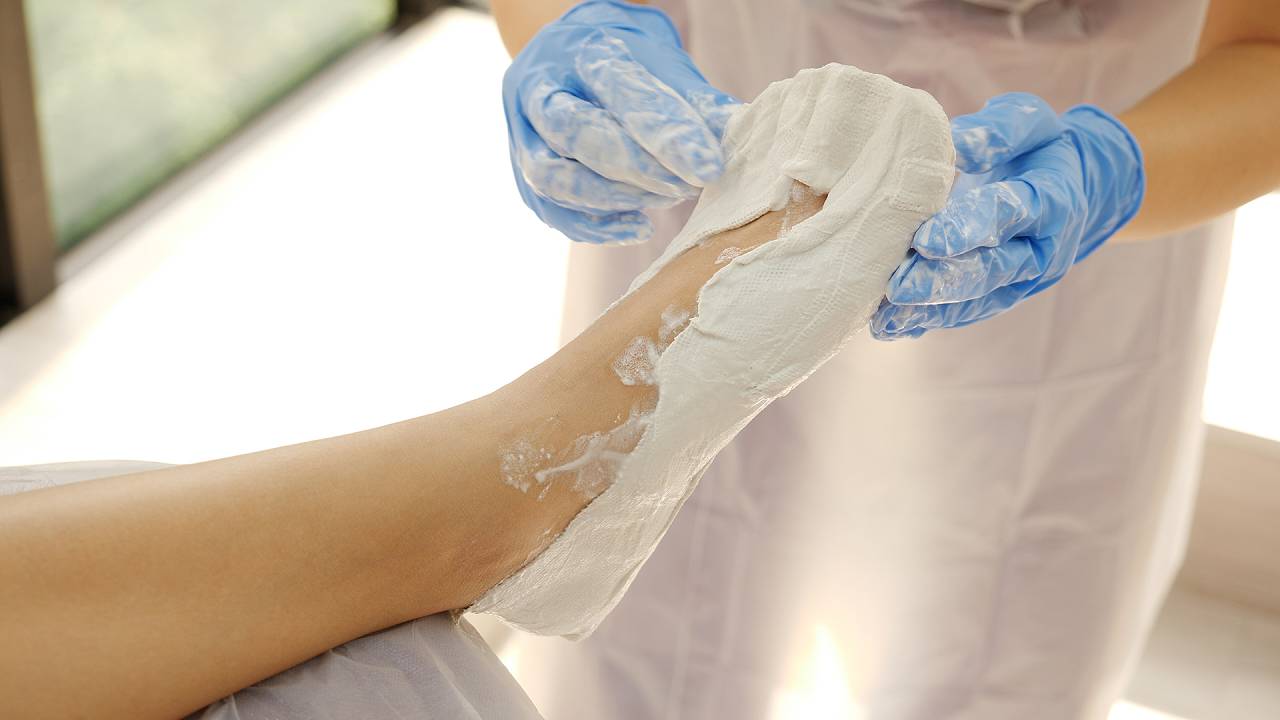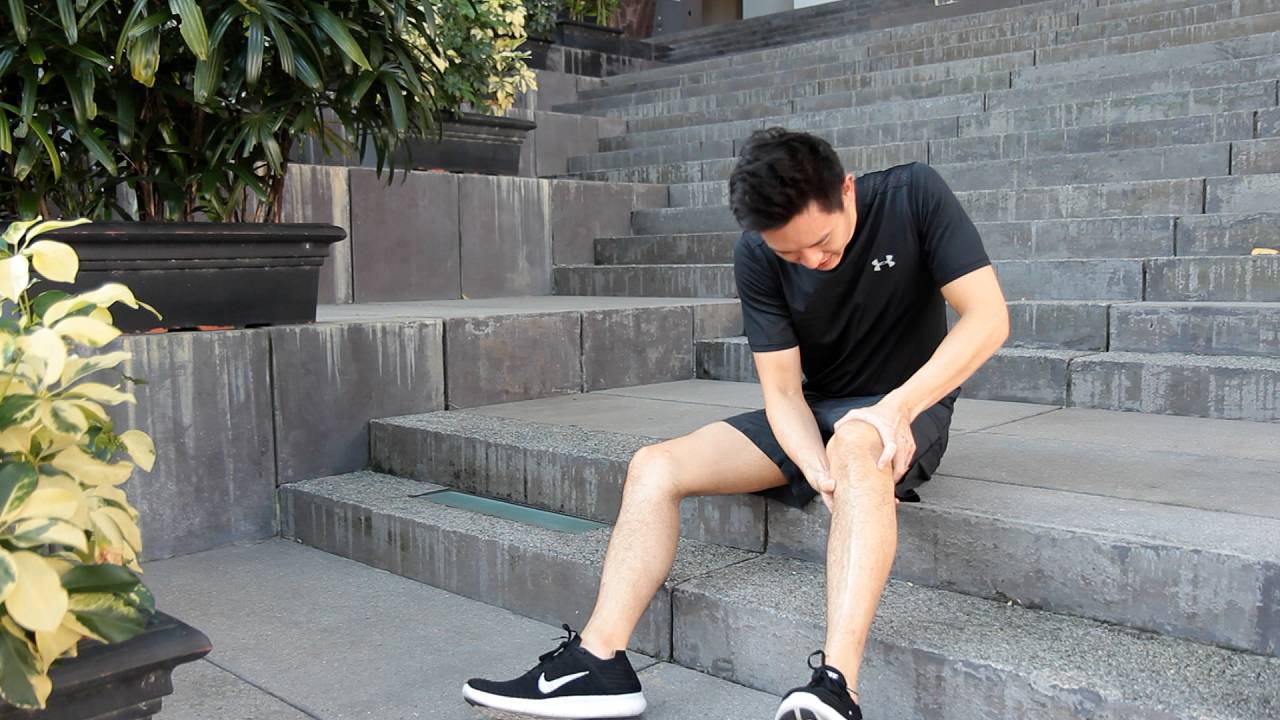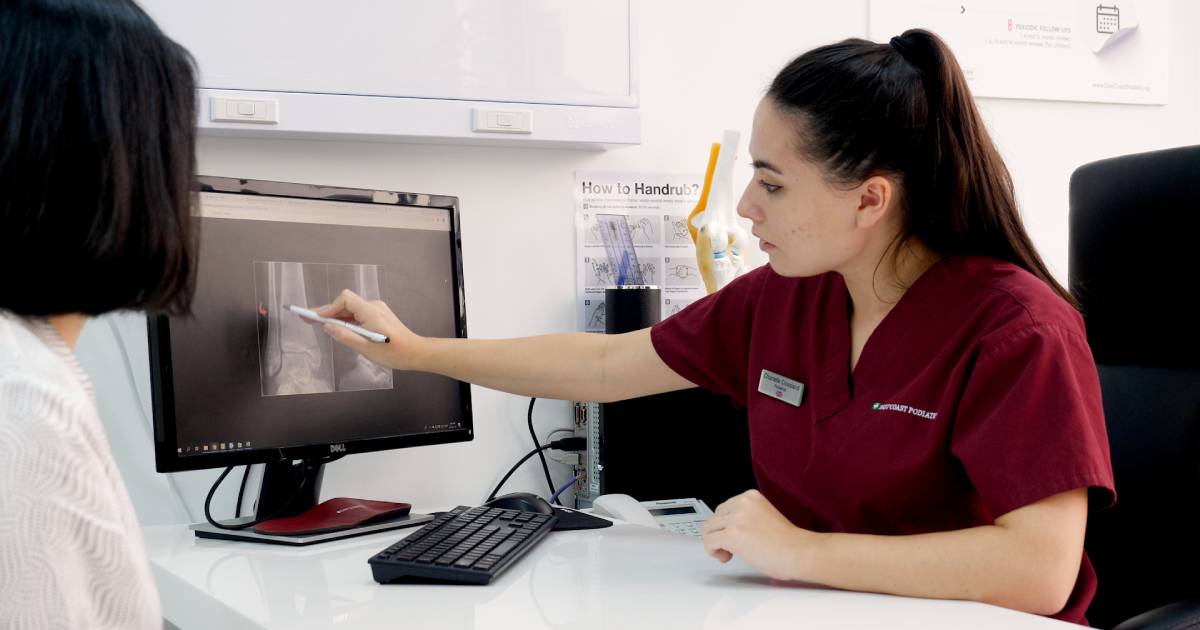
An orthopaedic injury can be any injury sustained by the musculoskeletal system. It can be caused by acute trauma or chronic repetitive stress by an external source to the bones, joints, and soft tissues. While not all of them are life-threatening, addressing the injury is crucial in the healing and complete recovery of such delicate injuries.
Risk factors
The chances of sustaining an orthopaedic injury are increased in certain individuals with the following risk factors:
1. Age
Older individuals are more susceptible to orthopaedic injuries due to a lowered bone density and muscle strength.
2. Underlying conditions
- Osteoarthritis – The cartilage between two joints can be worn down over time and cause the bones within to rub together. This can lead to chronic pain and restrictions in joint movement, and may even cause muscles to weaken.
- Osteoporosis – Osteoporosis is a degenerative bone disease that can cause a decrease in bone density and mass. These weakened and brittle bones are then more prone to fractures from minor bumps or falls.
3. Physically demanding jobs
Jobs in construction or manufacturing are associated with plenty of movement and heavy lifting, which can cause repetitive stress on the joints and ligaments. This can lead to increased wear and tear on the knees and result in a higher chance of getting osteoarthritis. Workplace accidents and falling hazards are also more likely to occur.
4. Sports
Overuse of certain body parts can cause repetitive trauma over time and result in a stress fracture. Fast movements or sudden impacts can also result in more serious and acute injuries.
5. Previous injury
There is an increased likelihood of sustaining a future injury in a similar location to a previous one. This could be due to an inadequate rehabilitation of the prior injury, resulting in a weakened joint or ligament.
Common injuries
Tips for Preventing Orthopaedic Injuries
1. Stay fit
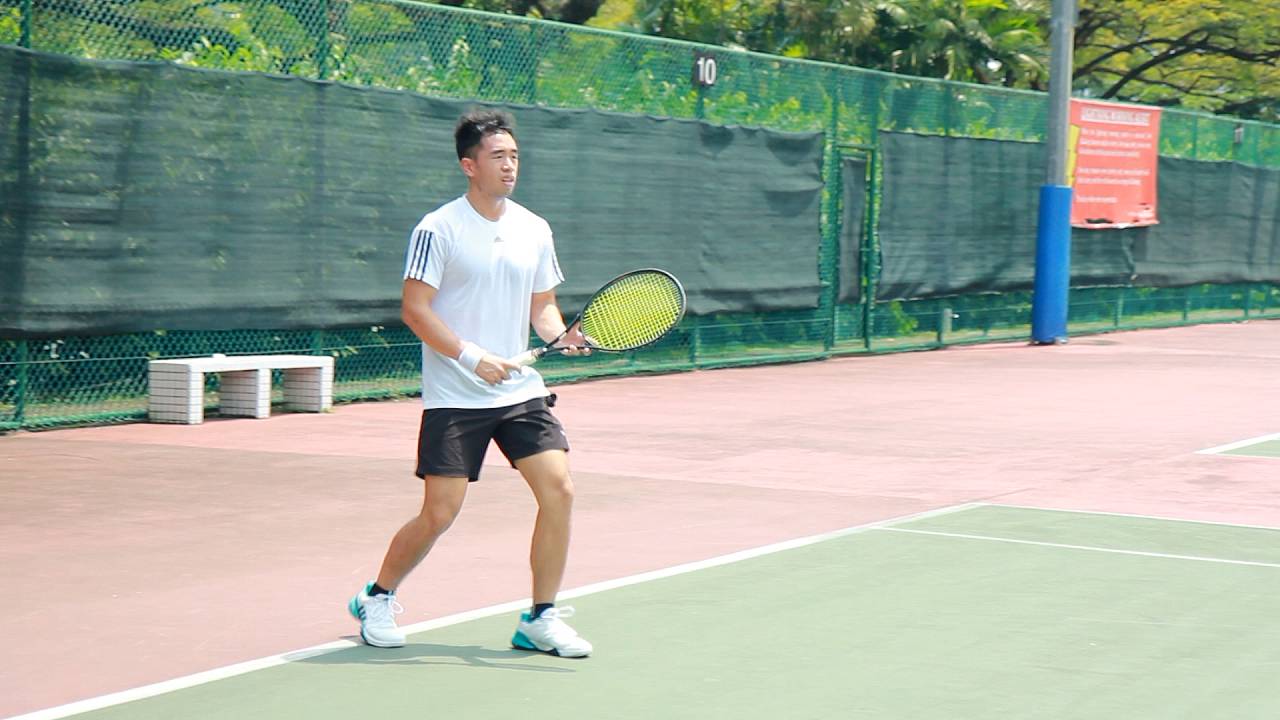
Strong muscles and joints are key to preventing injuries and can slow down or prevent the development of conditions like osteoarthritis. Take care to practice proper exercise techniques and that your body is supplied with adequate nutrients for healthy bones and joints.
Warm-ups
Jumping straight into a workout without a proper warming-up routine can increase the risk of muscle cramps, strains, and tears. Start slow with dynamic stretching and proceed with light physical activities that increase gradually in intensity.
Develop a strong core
Although often termed as a “six-pack”, your core consists of the diaphragm, pelvic floor, and multiple layers of abdominal muscles. A strong and stabilised core helps improve balance, coordination, and overall posture. Exercises like yoga and Pilates are excellent for strength training and minimising the risk of spine injury.
Work on your form
Take care to prioritise proper technique, especially when starting a new sport or exercise routine. Nailing basic posture and form before advancing to more complex movements can help minimise the risk of injury.
Incorporate a multifactorial exercise programme
All-rounded workout routines should consist of cardiovascular, strength, balance, and flexibility exercises, like Tai Chi. If you are new to strength training, it is advised to progress slowly from bodyweight to resistance bands and weights. The recommended cardiovascular exercises include walking, running, and swimming, while aerobics and resistance training are recommended for balance and flexibility.
Eat a nutrient-rich diet
A diet rich in calcium and vitamin D can help promote bone strength, while foods like whole grains, beans, and lentils have anti-inflammatory properties. Take care to limit the intake of processed and high salt content foods which can speed up the loss of calcium in the body.
2. Listen to your body
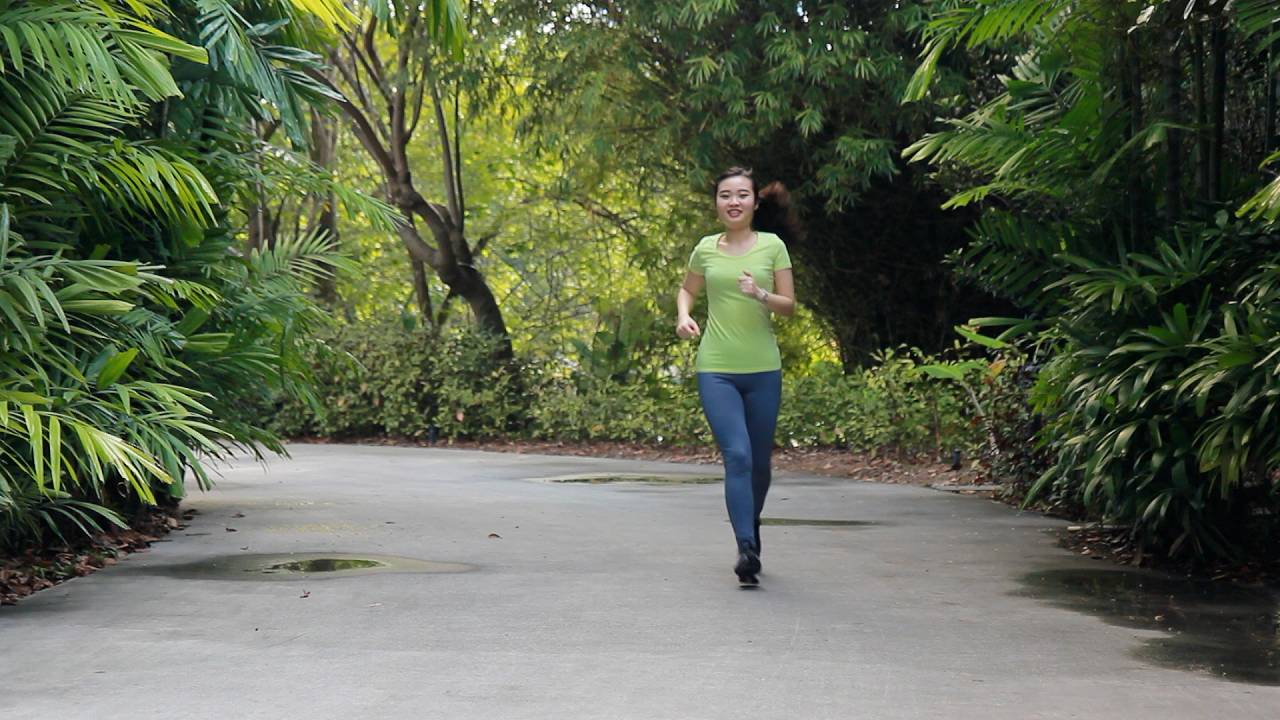
A personalised exercise programme that is tailored to your age, fitness level, and conditions ensures that the benefits of every workout are maximised. It is also important to know your boundaries, if unusual pain is felt during or after the workout, rest and consider lowering the weight or substitute certain exercises with others.
3. Proper footwear
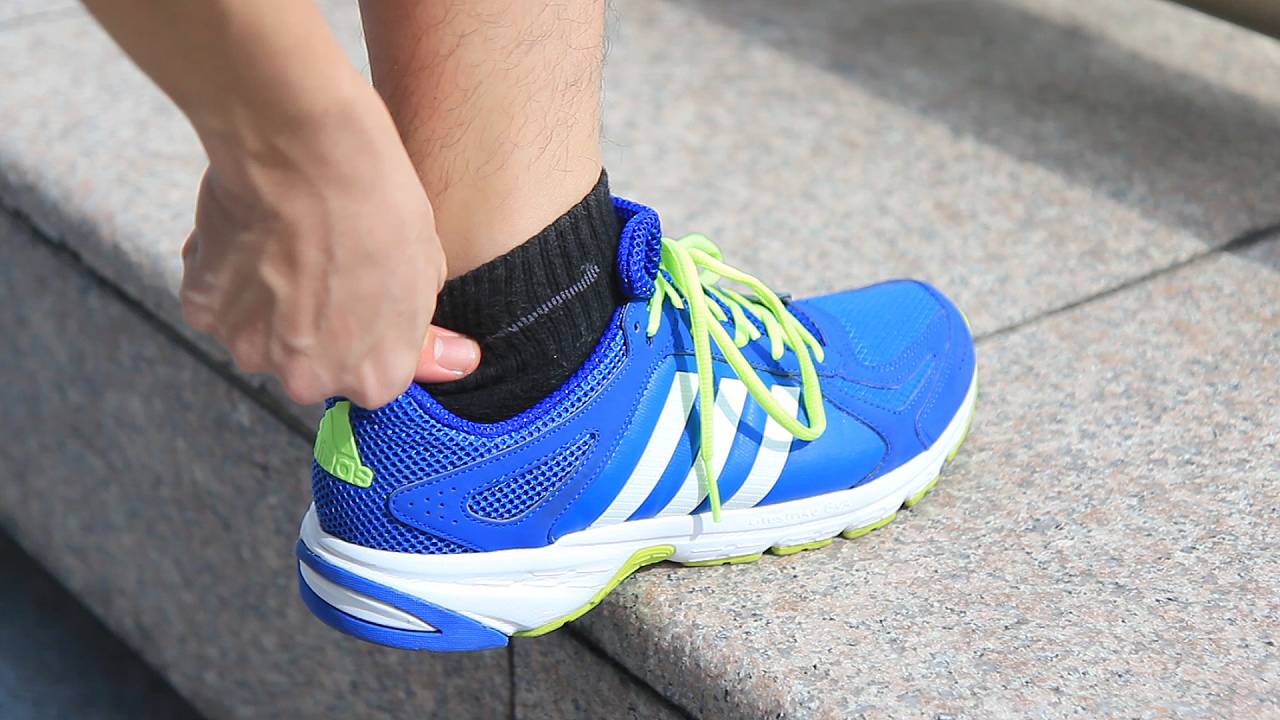
Ensure that your shoes fit well and provide the appropriate arch support for the intended activities. Minimise the wearing of flip flops and high heels that do not offer as much stability and make it easier to sustain injuries.
4. Go for regular health check-ups
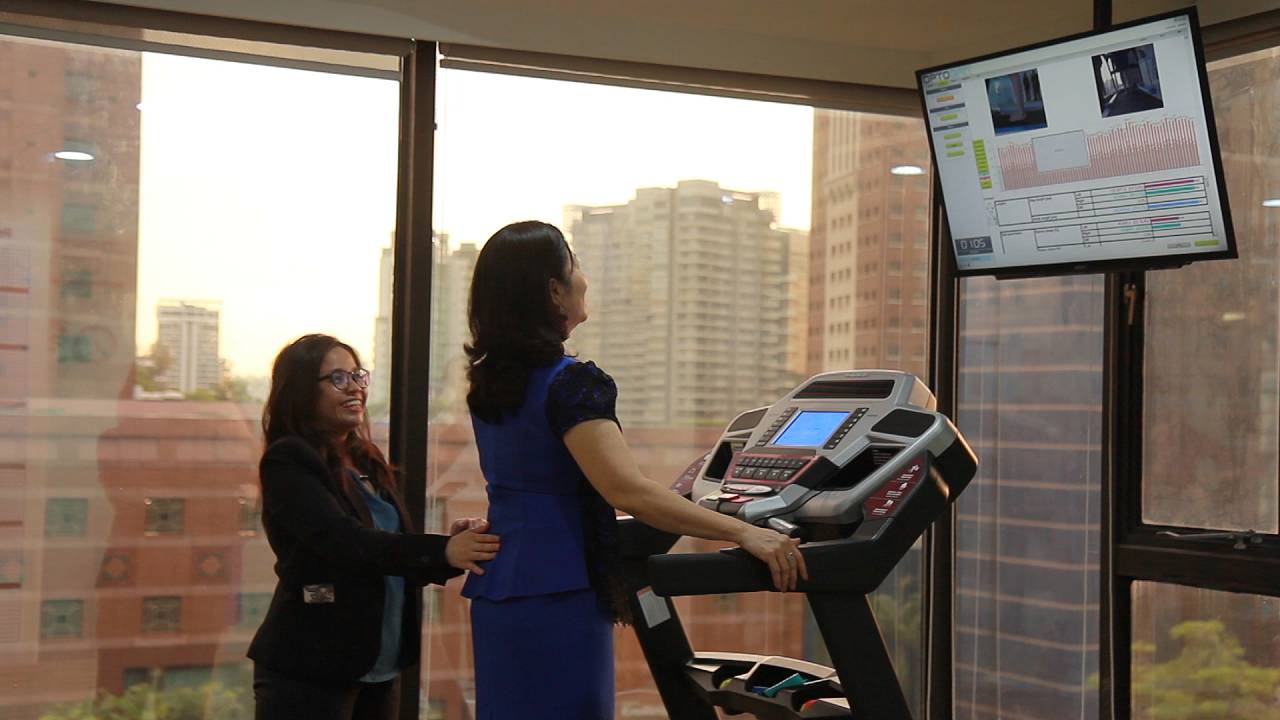
Older adults that are more susceptible to conditions like osteoporosis and osteoarthritis should take care to go for yearly check-ups to reduce the risk of orthopaedic injuries.
Orthopaedic injuries can lead to debilitating pain and serious complications if left unaddressed. If prolonged pain and discomfort persist even after the application of home remedies, consult your podiatrist and seek professional attention promptly.


